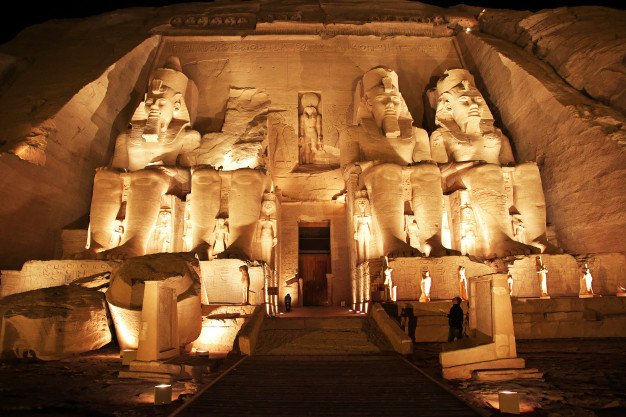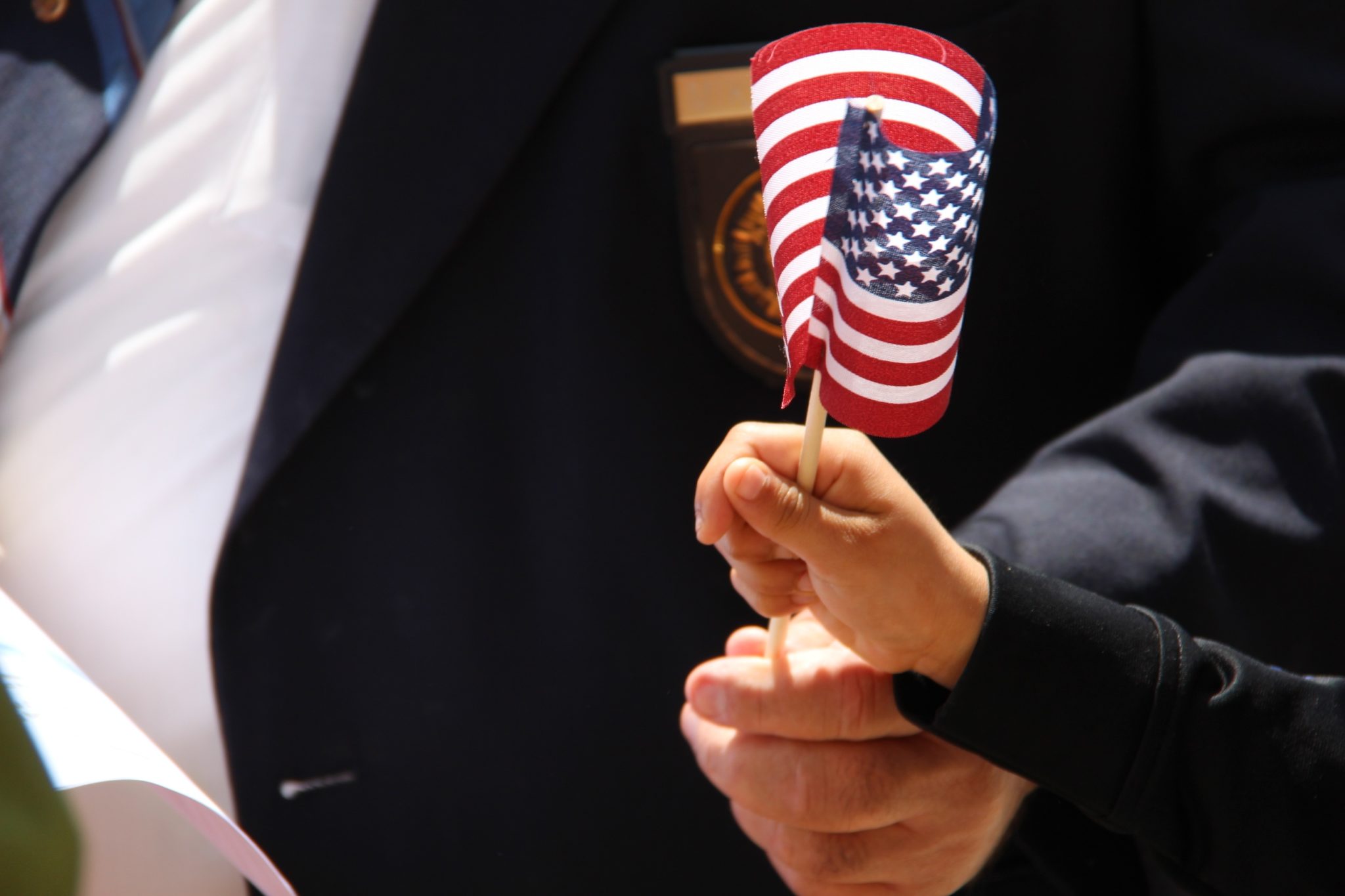The global pandemic has impacted all of our lives, schools are shut, employees are working from home and our regular beauty treatments have been put on hold until further notice.
Even if we haven’t got anywhere to go, it’s still important to take the time for some self-care, feeling glamorous, even at home, can be an instant mood lifter.
Flawless Lashes by Loreta know some of us can’t even get to the shops at the moment and it began an interest in how women throughout history achieved that luscious long lash looks we all dream of. Lash extensions are the latest luxury fashionistas are having to do without, the next best thing is applying strip lashes. Check out the range of strip lashes offered by Flawless here.
If you can’t get to your nearest beauty store, want to try something new (although some of these techniques we certainly don’t recommend!) or are simply curious about how women still managed to be glam even without the modern treatments we have today, keep reading.
Ancient Egypt
This is where makeup obsession began. You can’t get more dramatic than the intense eye makeup of the Ancient Egyptians.
A copper ore known as malachite was used to create that famous green we associate with the people of the pyramids. It was crushed into a powder and applied in large quantities on the upper lid.
Kohl was used to creating the sweeping black eyeliner and also provided the benefit of protection from the searing sun.
It may surprise you to know this trend first started among men, the women quickly caught on not wanting to feel left out from this new fashion.
It wasn’t reserved for the rich either, poorer families would still adorn this extravagant look. However, they didn’t have access to the more expensive application tools such as ivory or metal, instead, they settled for clay or sticks.
Ancient Rome
It wasn’t just fashionable to have long eyelashes in Ancient Rome, there was a deeper meaning behind it.
It was believed that sex caused eyelashes to fall out, so to prove their chastity (or fool potential suitors) Ancient Roman women would use kohl to create the illusion of longer, thicker lashes.
Another alternative was burnt cork, using a small stick of ivory to meticulously apply this to their lashes.
When Christianity began to rise in popularity, Christian women were discouraged from using cosmetics, opting for a more natural look. For centuries after, eyelash modification was forgotten about.
The Elizabethans
Just like we copy celebrity makeup trends today, people did the same centuries ago. The difference was the only real celebrities were royalty and it was expected that ladies of the upper-class were to follow the reigning monarch’s look, no matter how ridiculous.
Queen Elizabeth, I certainly had a distinct look and this meant extreme measures were taken to copy her.
Her pale complexion was sought after by ladies of the court but with few being born with the skin of a redhead, they turned to alternative measures.
White lead and vinegar became the method of choice, not only was this extremely heavy on the skin, but it was also incredibly toxic. Some women even bled to death just so they could be fashionable.
The queen’s famous red hair was the most enticing craze, wigs were the most popular choice but women wanted to copy Elizabeth down to every detail, including her red eyebrows and eyelashes.
Oil was mixed with saffron, cumin seeds, and celandine for an at-home dye treatment. However, it was deemed ‘unacceptable’ to do this so many women had to attempt this beauty regime in private.
Considering high-class women often had little knowledge of how to do anything themselves as they were used to being served by maids, it’s likely many suffered the consequences of this going wrong.
The Victorians
The Victorians are infamous for some grisly medical practices and the beauty salon is no different.
You can’t get more Victorian than teaming painful procedures with dangerous drugs and that’s exactly how women of the time achieved long fluttering eyelashes.
We definitely don’t recommend you do this one at home! Cocaine was used to numb the upper lid of the poor client, then individual human hairs were trimmed to size and sewn with a sewing needle through the epidermis.
Thankfully this fad didn’t last for long, women across the globe can thank Eugene Rimmel for inventing the first mainstream mascara and creating the Rimmel brand that still stands strong today.
This mascara was a mix of vaseline and coal, although it was worlds away from the precise mascara we see today, it was certainly a welcome alternative to poking eyelids with sharp objects.
The early 1900s
1902 saw the first patent for false eyelashes registered and they certainly weren’t subtle.
While they may have finally given women the long lashes they wanted, they were certainly far from perfect. More specifically, the glue needed a lot of work.
They were made popular by the Hollywood actress Seena Own adorning them in Intolerance. The director, D.W Griffiths requested her lashes ‘brush her cheeks’ and they have become iconic for the era.
Unfortunately, the glue caused irritation to Owen’s eyes and was hard to remove, it was so bad that her eyes swelled and they were glued shut. Griffiths didn’t regret his decision, especially as this reaction happened after all her scenes had been shot.
So are you still feeling sorry for yourself not being able to visit the salon? Just think what these poor women had to endure in the name of fashion. While using a safe, natural makeup alternative could be a fun thing to try in lockdown, the other methods are definitely best left in the past.
Read Also:
























